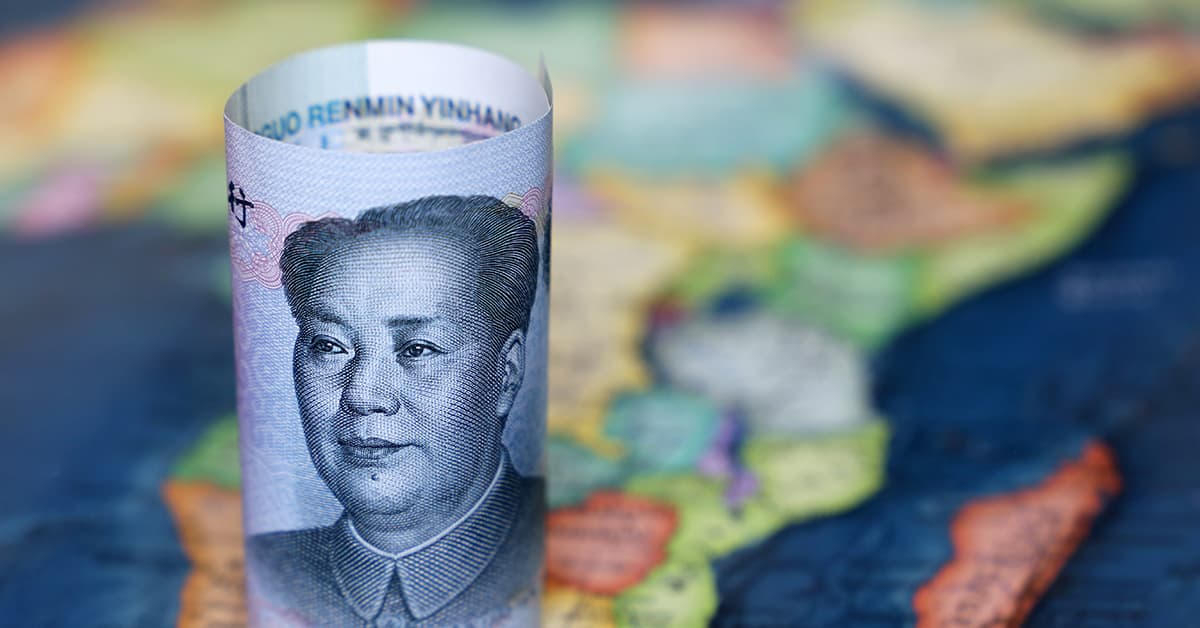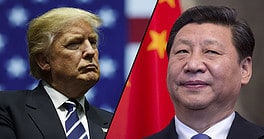For China, interest-free debt cancellation does not have significant material impacts on its debt stock in the continent.

China is becoming increasingly pragmatic in its relations with Africa. In particular, the Asian giant—Africa’s single largest creditor—is attuned to the colossal and continentwide problem of debt unsustainability.
On August 19, China announced it will waive 23 interest-free loans for 17 African countries. Though silent on the total amount and the beneficiary countries, Beijing said the loans were due for payment having matured by the end of 2021.
Patricia Rodrigues, senior analyst at intelligence firm Control Risks, reckons the move is designed to kill two birds with one stone. First, Beijing wants to ease the burden of African governments struggling to meet debt obligations. Second, forgiving debt earns goodwill. “China wants to show it is not using debt to exploit Africa,” she notes.
The Boston University global database tracking loans shows Chinese financiers signed 1,188 loan commitments worth $160 billion with African governments and their state-owned enterprises between 2000 and 2020. Countries like Angola, Ethiopia, Zambia, Ghana, Democratic Republic of Congo, Kenya, Cameroon and Sudan shoulder the biggest stocks of Chinese loans, a majority of which are for transport, power and mining projects.
For China, interest-free debt cancellation does not have significant material impacts on its debt stock in the continent. Zero-interest loans make up only a small portion of Africa’s debt—estimated at less than a quarter. A majority is in concessional loans, credit lines and development finance. China Africa Research Initiative’s data show that in 2020, Beijing forgave interest-free loans worth $113.8 million for 15 African countries.
“Forgiving zero-interest loans, which only make up a small percentage of the total debt, doesn’t change the bigger picture,” reckons Yun Sun, director of the China Program at the US-based Stimson Centre. She adds the impact is not significant enough to alleviate the debt sustainability crisis many African countries are in.



